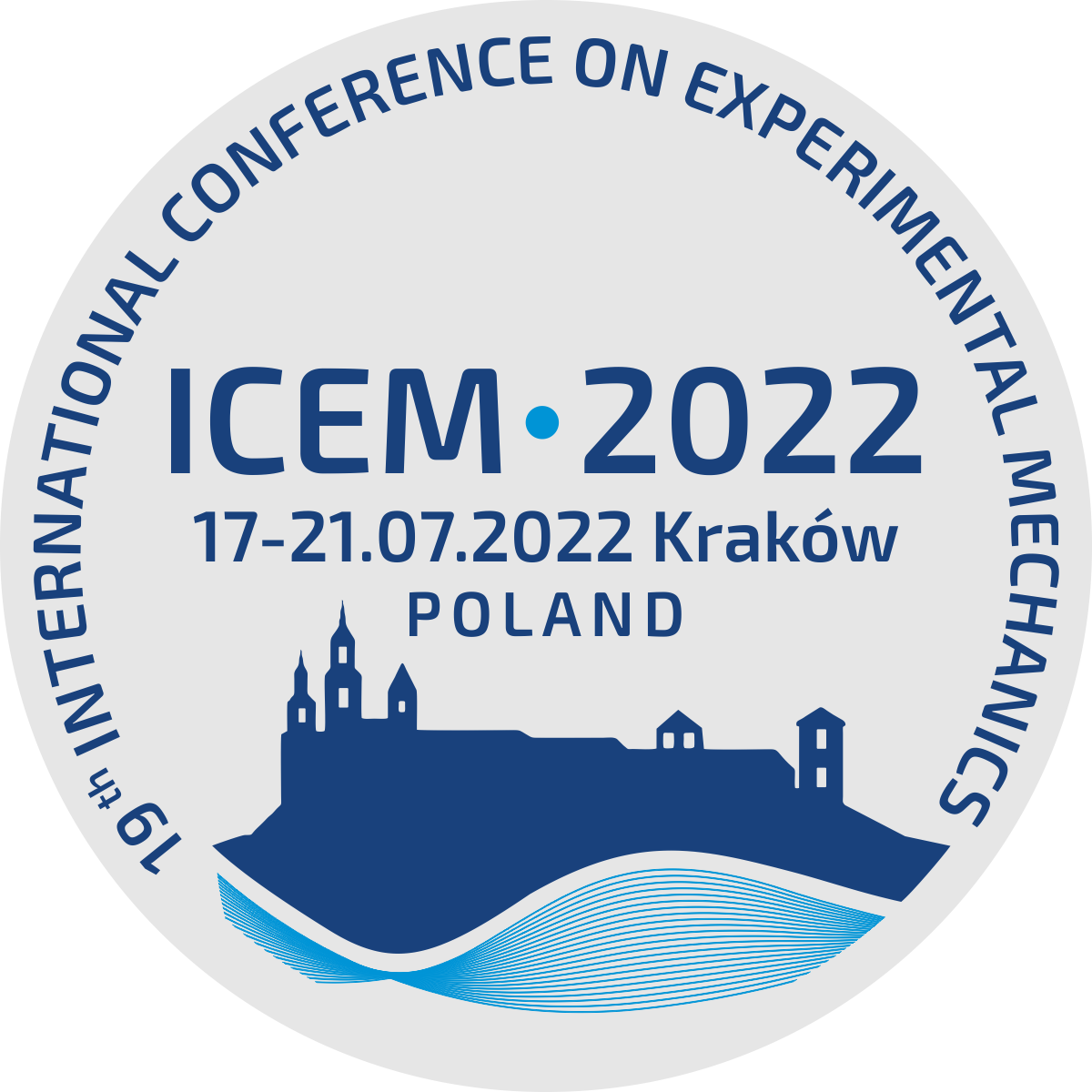| 1. |
Aziz K.♦, Sinan M.♦, Sumera B.♦, Kamal S.♦, Manel H.♦, Bahaaeldin A.♦, Thabet A.♦, Dust acoustic nonlinearity of nonlinear mode in plasma to compute temporal and spatial results,
Alexandria Engineering Journal, ISSN: 1110-0168, DOI: 10.1016/j.aej.2024.06.030, Vol.104, pp.115-123, 2024 Streszczenie:
Our manuscript is related to use Caputo fractional order derivative (CFOD) to investigate results of non-linear mode in plasma. We establish results for both temporal and spatial approximate solution. For the require results, we use reduction perturbation method (RPM) to find the analytical solution of the dust acoustic shock waves. Further, using the same technique we find the solitary wave potential and compared the solutions obtained with another very useful technique known as Homotopy perturbation method (HPM). The comparison of results for both approaches are more precise and agreed with the exact solution of the problem. Finally, we present graphical representation for different fractional order for both temporal and spatial approximate solution. Słowa kluczowe:
Approximate solution, Caputo derivative, Reductive perturbation, Homotopy perturbation method Afiliacje autorów:
| Aziz K. | - | inna afiliacja | | Sinan M. | - | inna afiliacja | | Sumera B. | - | inna afiliacja | | Kamal S. | - | inna afiliacja | | Manel H. | - | inna afiliacja | | Bahaaeldin A. | - | inna afiliacja | | Thabet A. | - | inna afiliacja |
|  | 70p. |
| 2. |
Sinan M.♦, Ansari K.♦, Asia K.♦, Kamal S.♦, Thabet A.♦, Zakirullah .♦, Bahaaeldin A.♦, Analysis of the mathematical model of cutaneous Leishmaniasis disease,
Alexandria Engineering Journal, ISSN: 1110-0168, DOI: 10.1016/j.aej.2023.03.065, Vol.72, pp.117-134, 2023 Streszczenie:
Mathematical models are powerful tools to study various real-world problems from different perspectives. This branch has been given much more popularity over the last several decades. Various mathematical models corresponding to different diseases have been studied so far. Keeping these details in mind, the present manuscript is devoted to present a detailed mathematical analysis of the Cutaneous Leishmaniasis disease model. Some basic properties of the model are studied including positivity, the existence of equilibrium points, and reproductive number. The existence and uniqueness of the solution for the model under consideration are also investigated. Local and global stability analyses of equilibrium points are also studied. For the required results, we use the Lyapunov function method and the third additive compound matrix technique based on the Metzler procedure. Sensitivity analysis is also investigated by using some tools from the numerical-functional analysis. A numerical analysis of the proposed model is performed by using a nonstandard finite difference scheme. Moreover, for the justification of our results, we give some graphical presentation of the model for each class in the model. Also, we present some graphical presentations related to the sensitivity analysis along with the tables for its various indices. Słowa kluczowe:
Leishmaniasis Disease model, Local and global stability, Sensitivity Analysis, Numerical analysis, Non standard finite difference method Afiliacje autorów:
| Sinan M. | - | inna afiliacja | | Ansari K. | - | inna afiliacja | | Asia K. | - | inna afiliacja | | Kamal S. | - | inna afiliacja | | Thabet A. | - | inna afiliacja | | Zakirullah . | - | inna afiliacja | | Bahaaeldin A. | - | inna afiliacja |
|  | 70p. |
| 3. |
Kamal S.♦, Sinan M.♦, Thabet A.♦, El-Shorbagy M.♦, Bahaaeldin A.♦, Abualrub M.♦, A Detailed Study of a Fractal-Fractional Transmission Dynamical Model of Viral Infectious Disease with Vaccination,
Complexity, ISSN: 1099-0526, DOI: 10.1155/2022/7236824, Vol.2022, No.1, pp.7236824-1-21, 2022 Streszczenie:
This article is devoted to investigate a mathematical model consisting on susceptible, exposed, infected, quarantined, vaccinated, and recovered compartments of COVID-19. The concerned model describes the transmission mechanism of the disease dynamics with therapeutic measures of vaccination of susceptible people along with the cure of the infected population. In the said study, we use the fractal-fractional order derivative to understand the dynamics of all compartments of the proposed model in more detail. Therefore, the first model is formulated. Then, two equilibrium points disease-free (DF) and endemic are computed. Furthermore, the basic threshold number is also derived. Some sufficient conditions for global asymptotical stability are also established. By using the next-generation matrix method, local stability analysis is developed. We also attempt the sensitivity analysis of the parameters of the proposed model. Finally, for the numerical simulations, the Adams–Bashforth method is used. Using some available data, the results are displayed graphically using various fractal-fractional orders to understand the mechanism of the dynamics. In addition, we compare our numerical simulation with real data in the case of reported infected cases. Afiliacje autorów:
| Kamal S. | - | inna afiliacja | | Sinan M. | - | inna afiliacja | | Thabet A. | - | inna afiliacja | | El-Shorbagy M. | - | inna afiliacja | | Bahaaeldin A. | - | inna afiliacja | | Abualrub M. | - | inna afiliacja |
|  | 70p. |






















